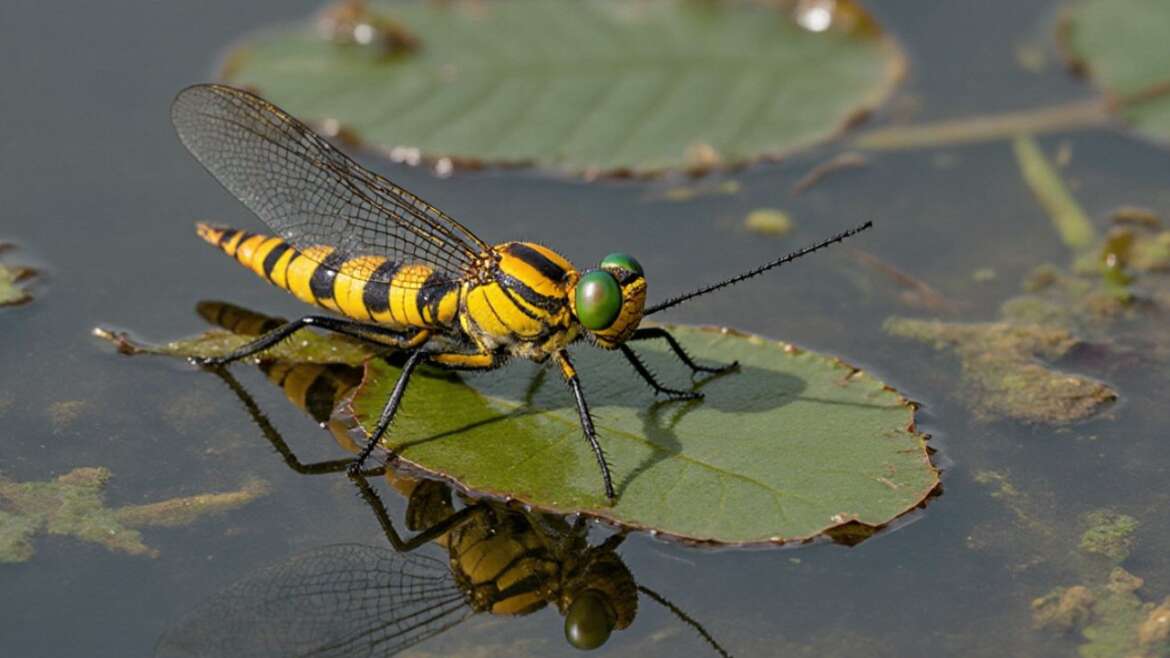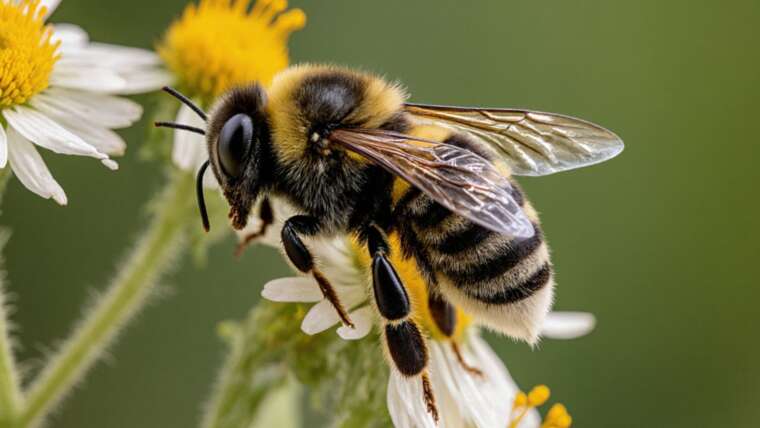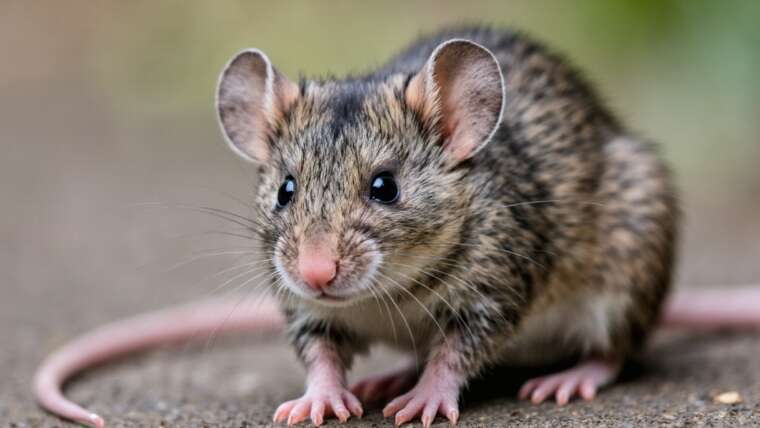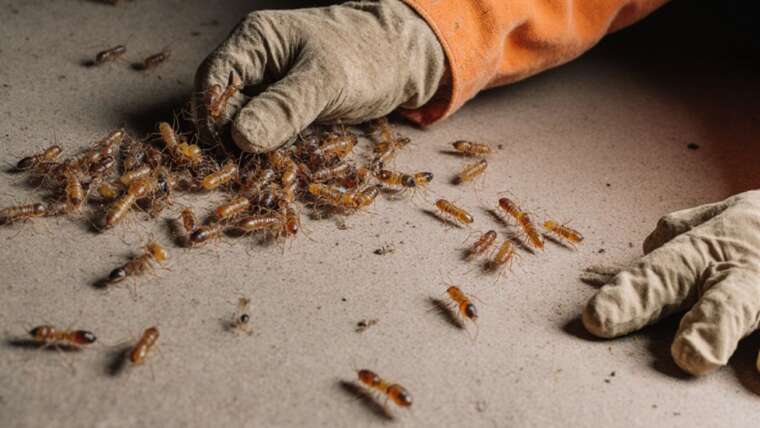There’s a reason Spider-Man remains one of the most beloved superheroes: the abilities of spiders and insects often showcase extraordinary feats that humans can only dream of emulating. Among the most captivating phenomena in the natural world is how some insects, particularly those inhabiting aquatic environments, can appear to “walk” effortlessly across lakes, streams, and even puddles. While this may seem to defy the laws of physics, it is primarily attributed to the insects’ unique physical structures and the science of surface tension in water.
In this comprehensive exploration, we will delve into the remarkable adaptations of insects that walk on water, unveiling the secrets that enable these incredible feats. At the core of this phenomenon is the concept of hydrophobicity—a fascinating property that allows the water’s surface to serve as a platform for little creatures to traverse. As we guide you through various species, we’ll also sprinkle in unique tips and facts to enrich your understanding of these intriguing water-walking bugs. Keep reading to discover the marvels of nature!
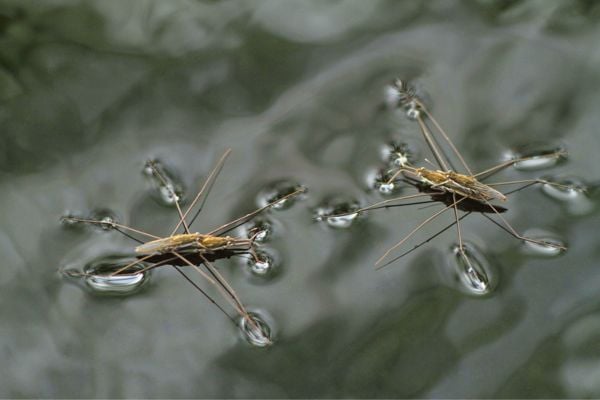
Water Striders (Gerridae)
Water striders are among the most recognizable water-dwelling insects in the world, and are commonly spotted skimming over the surface of lakes and ponds. Belonging to the family Gerridae, these spider-like insects utilize four long and slender legs to glide effortlessly across the water. Their back two legs act like oars, propelling them forward, while their shorter front legs serve the dual purpose of navigation and prey capture. These delicate appendages are coated with fine, waxy hairs, enhancing their ability to move swiftly and efficiently on water’s surface.
Nicknamed “Jesus bugs” or “pond skaters,” these insects demonstrate a unique set of adaptations that allow them to defy gravity on water. A fascinating tip to appreciate about water striders is their ability to detect vibrations on the water’s surface. They possess specialized sensory receptors in their legs that help them locate prey, making them highly skilled hunters!
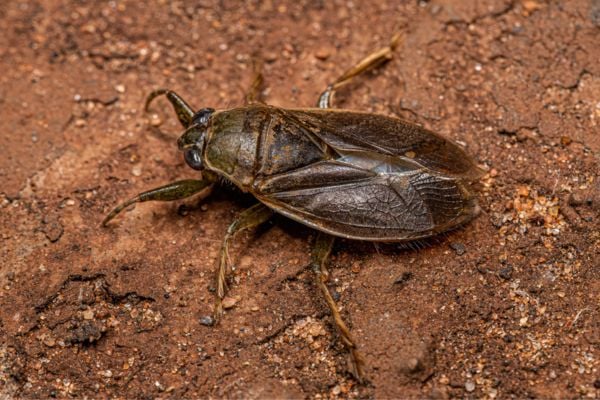
Giant Water Bugs (Toe Biters)
Giant water bugs, scientifically known as Lethocerus americanus, can grow up to four inches long, making them one of the largest insects that inhabit freshwater ecosystems. Their flat and oval bodies are designed for life beneath the water’s surface, allowing them to glide with minimal resistance. The long, slender legs are equipped with microscopic hairs that create a layer of air around them—this phenomenon, referred to as superhydrophobicity, plays a crucial role in their ability to walk on water.
Typically found in ponds and slow-moving streams, giant water bugs are formidable predators, known for their painful bites that can leave humans startled. They use a toxic enzyme to subdue their prey, which includes fish, snakes, and other insects. A useful tip: giant water bugs often come to the surface to breathe, and if you see these large fellows, it’s best to admire them from a distance to avoid a surprising encounter!
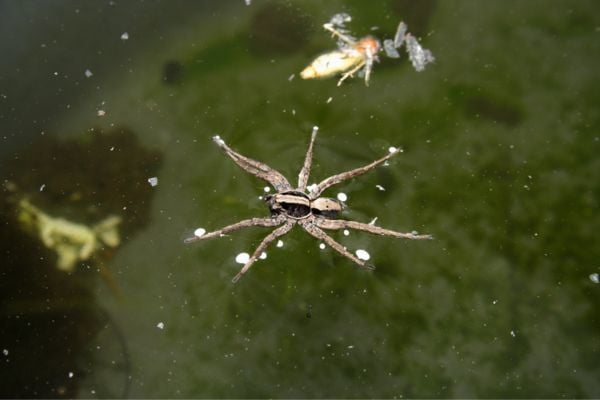
Fishing Spiders
Fishing spiders are astonishing creatures that have evolved physical adaptations allowing them to travel across water with ease. Equipped with body surfaces covered in hydrophobic hairs, these spiders can repel water, which not only aids in buoyancy but also facilitates rapid movement. Their long legs distribute their weight evenly, preventing them from breaking the surface tension of the water, making it seem as though they are walking on solid ground. Additionally, they can effectively use their back legs to “row” or steer across the water and even create a sail with their back legs to catch the breeze!
For nature lovers, a captivating detail about fishing spiders is their ability to hunt for prey directly on the water’s surface. They can detect small vibrations, which allows them to pounce efficiently. Observing this remarkable skill can be quite an experience for those who enjoy spending time near freshwater habitats.
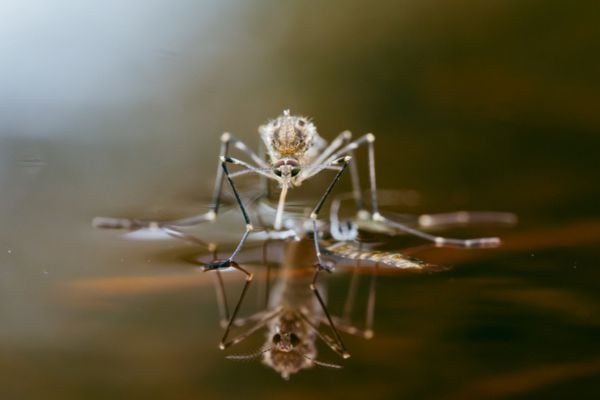
Mosquitoes
While mosquitoes are often recognized for their biting tendencies, their aquatic life cycles are equally fascinating. The mosquito’s life begins in water, where females lay eggs in stagnant bodies. During this stage, their bodies are specifically designed to float, allowing them to thrive in aquatic environments. Adult mosquitoes possess long legs, slender bodies, and flexible feet that enable them to rest lightly on water’s surface, making it appear as though they are walking on water while laying their eggs.
Here’s a unique fact: male mosquitoes are attracted to the sound of female wing beats during mating. This remarkable ability not only helps them find potential mates but also plays a role in the dynamics of their life cycle. Understanding this process can significantly enhance your appreciation for these often-maligned insects!
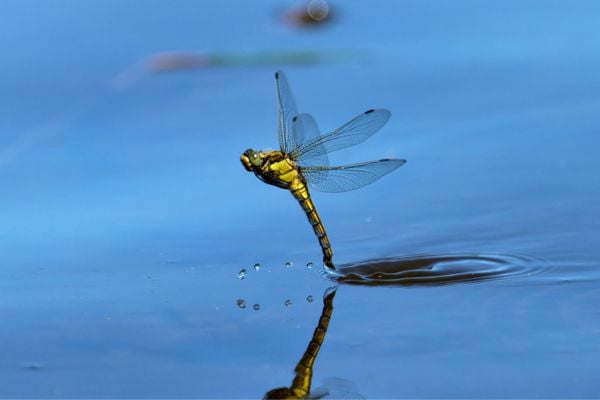
Dragonflies
Dragonflies are among the most colorful and striking insects found in nature, characterized by their large, multifaceted eyes and two pairs of translucent wings. They spend a significant portion of their life cycle in water, where they engage in mating and egg-laying. After hatching, their underwater nymphs, known as naiads, thrive on a diet of mosquito larvae and other aquatic insects, displaying remarkable predatory skills at a young age. Once they mature, they crawl out of the water, shed their exoskeletons, and emerge as beautiful adults.
Although adult dragonflies are adept at skimming over water for brief moments, they do not have the capability to walk on water as their more buoyant counterparts do. An interesting fact about dragonflies is their remarkable flying skills; they can fly in multiple directions, including backward, and can even hover, showcasing their remarkable agility in the air. This mastery can make dragonflies captivating to watch in any natural setting!

